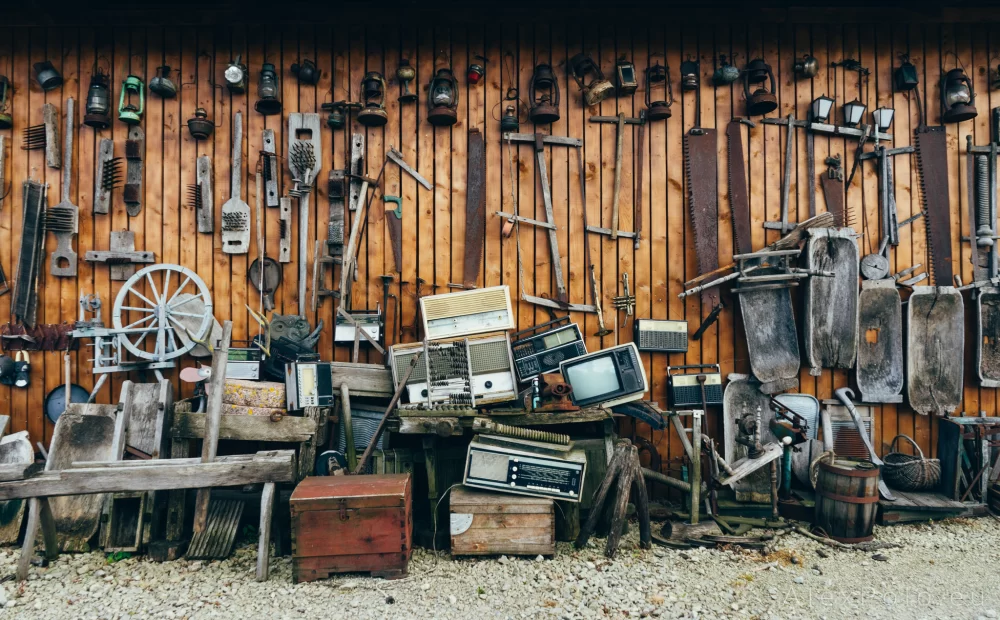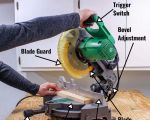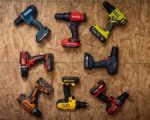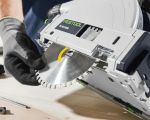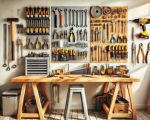- Importance of Maintaining Power Tools
- Regular Cleaning and Lubrication
- Proper Storage of Power Tools
- Checking and Replacing Worn Parts
- Calibration and Inspection
- Tools and Resources for Maintenance
Importance of Maintaining Power Tools
Power tools are essential for DIY enthusiasts, professionals, and anyone who relies on them to complete home projects or tasks. Whether you are using a drill, saw, sander, or any other type of power tool, proper maintenance is critical to ensuring the longevity, efficiency, and safety of these tools. When power tools are well-maintained, they perform better, last longer, and are less likely to cause accidents or break down in the middle of a project.
Just like any machine, power tools experience wear and tear over time. If they are not properly maintained, you may notice a decrease in performance, such as decreased power, overheating, or failure to operate correctly. Worse, neglecting maintenance can lead to more costly repairs or even permanent damage to the tool. Fortunately, regular maintenance is simple and doesn’t require extensive skills or tools. With a few basic steps, you can significantly extend the life of your power tools and ensure they continue to perform at their best.
Regular Cleaning and Lubrication
The first and simplest step in maintaining power tools is regular cleaning. Keeping your tools clean is crucial for both performance and safety. Dust, dirt, and debris can accumulate on moving parts, leading to inefficient operation and potential damage. By cleaning your tools after every use, you prevent the buildup of grime that could slow down or clog the mechanism.
Different tools will require different cleaning methods, but most can be wiped down with a soft cloth. For tools like drills, saws, and sanders, it’s essential to clear dust and debris from vents and air intakes. Using compressed air can be very effective in blowing out dust from hard-to-reach areas. For tools with blades or motors, be sure to remove any sawdust or metal shavings that can cause wear.
Lubrication is equally important for maintaining your power tools. Moving parts, such as motors, gears, and bearings, require lubrication to reduce friction and prevent premature wear. Most tools have specific lubrication points that should be oiled regularly. Consult the owner’s manual to identify these points and choose the appropriate lubricant. For example, electric drills and saws should be lubricated at the gear mechanisms and motor housing to ensure smooth operation.
Proper Storage of Power Tools
How you store your power tools can significantly impact their lifespan. Improper storage, such as leaving tools in damp areas, exposing them to extreme temperatures, or dropping them, can lead to damage and rusting. To ensure that your power tools last as long as possible, store them in a dry, cool, and clean place, such as a garage, tool shed, or dedicated storage cabinet.
If you use your power tools frequently, consider investing in a proper tool chest or wall-mounted storage system. This will keep your tools organized, easily accessible, and protected from the elements. Tools that are left lying around in open spaces can accumulate dust, dirt, and moisture, increasing the chances of rust or mechanical failure.
Additionally, be sure to remove any batteries or power sources from tools that have removable batteries, such as cordless drills or saws. This helps prevent battery drain or leakage, which can damage the tool or its components. By storing your power tools properly, you can keep them in top condition and ready for your next project.
Checking and Replacing Worn Parts
Like any piece of machinery, power tools contain parts that wear out over time due to use. Regularly checking your tools for signs of wear and tear can prevent small issues from becoming bigger problems. Parts such as brushes in electric motors, belts in saws, and blades in drills may need to be replaced periodically to maintain optimal function.
For example, on a power saw, the blade may become dull after extensive use, making it harder to cut through materials. Replacing the blade when it begins to lose its sharpness not only makes the tool more effective but also prevents excess strain on the motor. Similarly, electric drills have brushes inside the motor that can wear down with use. These brushes should be inspected regularly and replaced when they begin to show signs of damage.
Many power tools will have wear indicators built into the design, such as exposed gears or a drop in motor power. If you notice any unusual sounds, vibrations, or performance drops, it’s time to inspect your tool. Replacing worn parts promptly can save you from more expensive repairs or replacements down the road.
Calibration and Inspection
In addition to cleaning and lubrication, power tools require occasional calibration and inspection to ensure that they operate correctly. Some tools, such as saws, drills, and sanders, need to be calibrated periodically to ensure that they are functioning at peak efficiency. Calibration helps maintain accuracy, safety, and overall performance.
For example, a miter saw needs to be calibrated to ensure the blade cuts at precise angles. Similarly, a drill press must be aligned so that the drill bit enters the material straight. If these tools are not properly calibrated, they can lead to inaccurate cuts or holes, which may affect the quality of your work.
Before starting any project, inspect your tools to ensure that they are functioning properly. Check for loose screws, frayed wires, or exposed parts. Make sure all safety features are working as intended. Regular inspections not only prevent accidents but also help identify parts that may need to be replaced or repaired before they cause further issues.
Tools and Resources for Maintenance
Maintaining your power tools requires a few basic tools and resources. Here’s what you’ll need:
1. Cleaning Brushes and Compressed Air
A small brush or a specialized tool for cleaning power tools is essential. Compressed air is also a great tool for blowing out dust from hard-to-reach areas in your tools. Make sure to have these items in your toolbox for quick and easy cleaning after each use.
2. Lubricants and Oils
Invest in high-quality lubricants and oils designed for power tools. Some tools require specific types of lubricants, so it’s important to use what’s recommended by the manufacturer. Always follow the instructions for application to avoid over-lubricating or using the wrong oil.
3. Spare Parts and Tool Manuals
Keep spare parts, such as brushes, belts, or blades, on hand for quick replacements. Additionally, refer to your tool’s user manual for specific maintenance guidelines, including the recommended frequency for inspections, lubrication, and part replacements.
By investing in these tools and committing to regular maintenance, you’ll extend the life of your power tools and ensure that they remain efficient and safe to use for years to come. To get the best products and resources for power tool maintenance, visit ToolNest for recommendations and the best in tool care supplies.
SEO Title: How to Maintain Your Power Tools for Long Life: Essential Tips and Practices
SEO Keywords: maintain your power tools, power tool maintenance, extend power tool life, proper power tool care, power tool cleaning, lubricating power tools
SEO Description: Learn how to maintain your power tools for long-lasting performance. Discover cleaning, lubrication, and inspection tips to keep your tools in top condition. Visit ToolNest for the best resources and products for tool maintenance.

